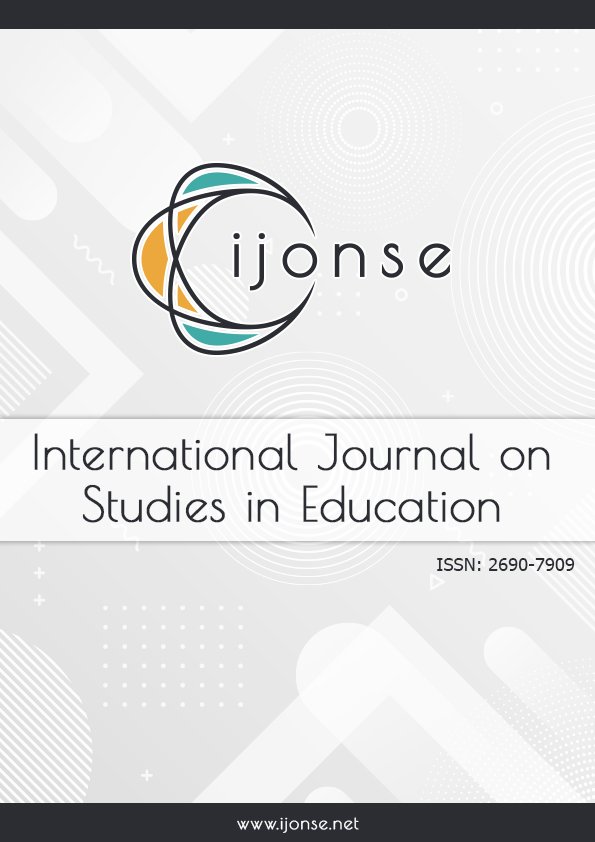Social Media: Online Modern Tool to Enhance Secondary Schools Students’ Academic Performance
DOI:
https://doi.org/10.46328/ijonse.7Keywords:
Social media, Students’ academic performance, Facebook, WhatsApp, Twitter, YoutubeAbstract
This paper reports a survey done that examined the relationship between the use of Facebook, WhatsApp, Twitter and YouTube on students’ academic performance in secondary schools. The study adopted the descriptive research design. The population of the study comprised all 7,767 teachers in secondary schools. The sample of 385 teachers was randomly selected. Two instruments were used. The data were analyzed using Pearson Product Movement Correlation Statistics (PPMCS) at 0.05 level of significant. The findings showed that the use of Facebook, WhatsApp, Twitter, and YouTube were significantly related to students’ academic performance of secondary schools. The study concluded that that the use of Facebook, WhatsApp, Twitter and YouTube among teachers and students had positive contributions to students’ academic performance of secondary schools. The findings implicate that the teachers and students in secondary schools should admire the use of social medial such as Facebook WhatsApp, Twitter, and YouTube as an interactive forum for teaching-learning activities.Downloads
Published
Issue
Section
License
Articles may be used for research, teaching, and private study purposes. Authors alone are responsible for the contents of their articles. The journal owns the copyright of the articles. The publisher shall not be liable for any loss, actions, claims, proceedings, demand, or costs or damages whatsoever or howsoever caused arising directly or indirectly in connection with or arising out of the use of the research material.
The author(s) of a manuscript agree that if the manuscript is accepted for publication in the International Journal on Studies in Education (IJonSE), the published article will be copyrighted using a Creative Commons “Attribution 4.0 International” license. This license allows others to freely copy, distribute, and display the copyrighted work, and derivative works based upon it, under certain specified conditions.
Authors are responsible for obtaining written permission to include any images or artwork for which they do not hold copyright in their articles, or to adapt any such images or artwork for inclusion in their articles. The copyright holder must be made explicitly aware that the image(s) or artwork will be made freely available online as part of the article under a Creative Commons “Attribution 4.0 International” license.

This work is licensed under a Creative Commons Attribution-NonCommercial-ShareAlike 4.0 International License.





